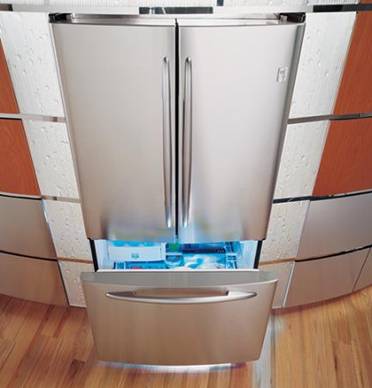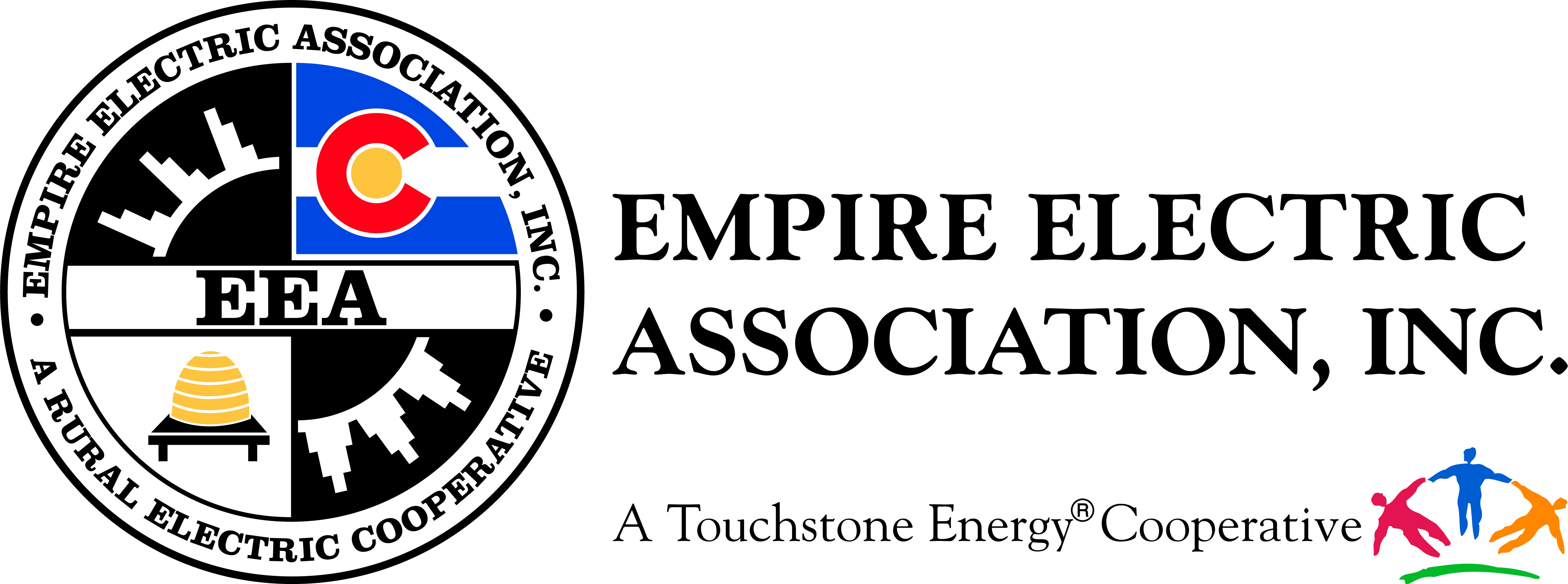Refrigerators are the third largest energy consumer in most homes, right behind space conditioning and water heating and usually represent between six and 16 percent of the home's total energy usage. Like air conditioners, refrigerators and freezers use the vapor-compression cycle to remove heat from inside the appliance and exhaust it into the surrounding air.
Today's units are more efficient than older models. Refrigerators now have 15 to 20 percent higher efficiencies because of improvements to door seals, added insulation, and more advanced controls, motors and compressors.
The "smart refrigerators" are some of the most energy efficient units that you can buy. Most models are enabled with color monitors and Wi-Fi, while some include analytics that can anticipate the homeowner's behavior. Mobile applications connect a mobile device to the refrigerator allowing for easier grocery shopping or even leaving messages on the display.
When shopping for a new unit, be sure to look for EnergyGuide labels to see how many kilowatt-hours (kWh) the refrigerator or freezer will use in one year and compare models based on these figures. Look for units that exceed federal efficiency standards by at least 20 percent. Energy consumption varies widely between models and companies so it is worth checking closely. Paying a little more for a unit that costs less to operate may be one of the best investments you can make.
Refrigerators with freezers on top are more efficient than those with freezers on the side and chest-type freezers are 10 to 25 percent more efficient than uprights. This is partly because they are better insulated and partly because they don't allow air to pour out when the door is opened. Also, look for strong door hinges that create a good door seal.
EEA offers an annual recycling event in April to turn in your outdated refrigerator and/or freezer. EEA pays the recycling costs and gives you a $60 credit on your electric account for each unit, up to two units per member account.
When you purchase a new Energy Star rated unit, read our Energy Efficiency Products Program page for available rebates.
LIVING WITH THE CURRENT UNIT A BIT LONGER
Short of replacing your current refrigerator or freezer, improvements can make your existing unit function better. First, check door gaskets to be sure they are sealing properly. With wear, they are less able to do their job of keeping cool air in and warm room air out. This causes the unit to run unnecessarily and waste energy.
A simple test to check your seals is to place paper or a dollar bill on the edge of the unit, close the door and pull on the paper. If it slips right out, the seal should be considered for repair or replacement. (This may not work with magnetic seals.) Replacing door seals can get expensive, and if the unit is older, it may be time to upgrade to a new energy efficient model.
Check the inside temperature of your refrigerator and freezer with a thermometer. A setting 10 degrees lower than recommended can raise operating costs by 25 percent. The refrigerator compartment should be between 36 - 38 degrees F., and the freezer between 0 - 5 degrees F.
Regular maintenance includes making sure heat exchange coils are kept clean and have good air flow.
A full refrigerator or freezer operates more efficiently than an empty one. Because when the door opens, there isn't as much area where warm air can enter. If you fill empty spaces with containers of water, the freezer has the added advantage of being able to hold a lower temperature in the event of a power outage.
Cover food prior to placing it in a refrigerator or freezer. If left uncovered, moisture in the food will be evaporated into the interior of the unit causing it to use more energy. Hot food needs to cool before placing in the refrigerator or freezer, but don't let the food stand too long while cooling as bacteria grows well in unrefrigerated food.

